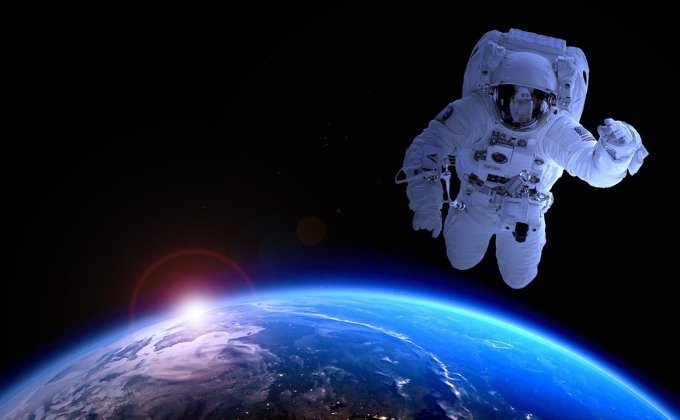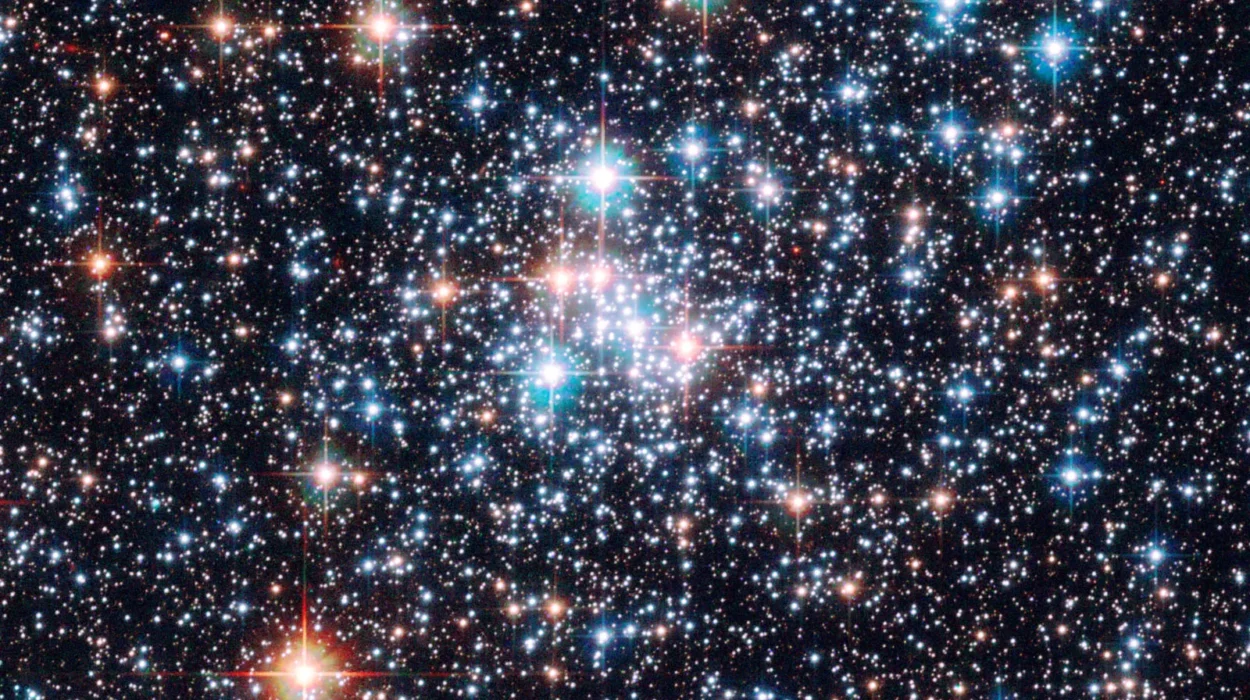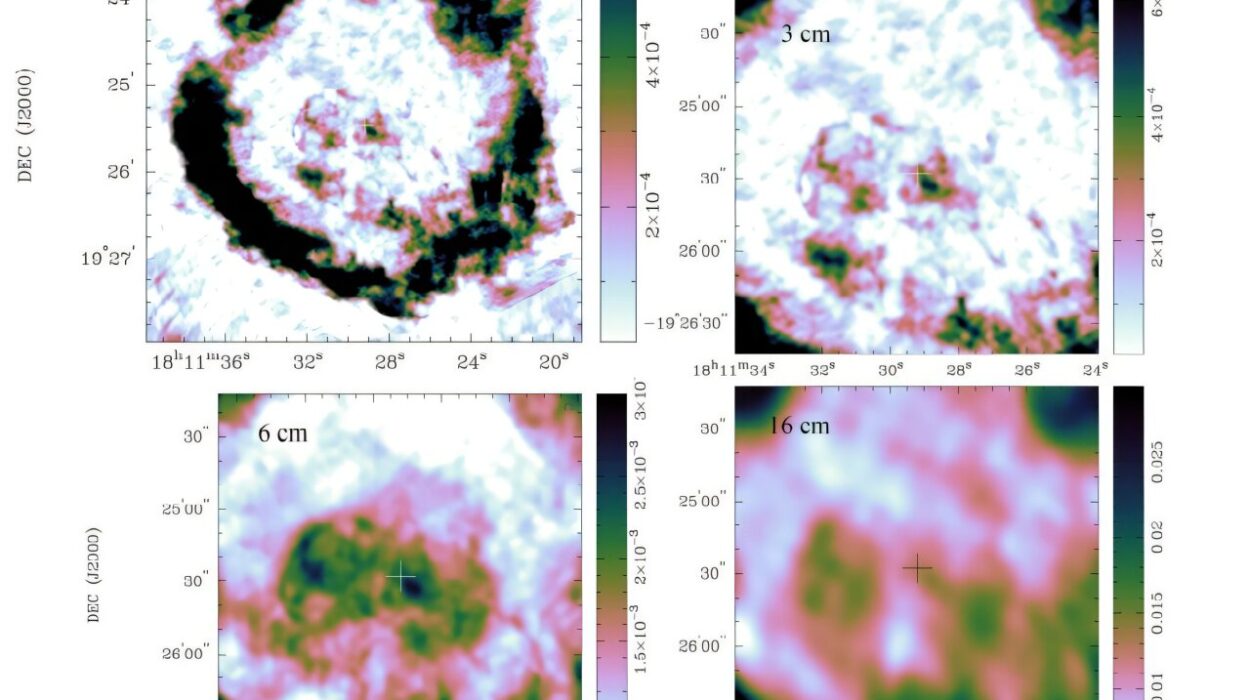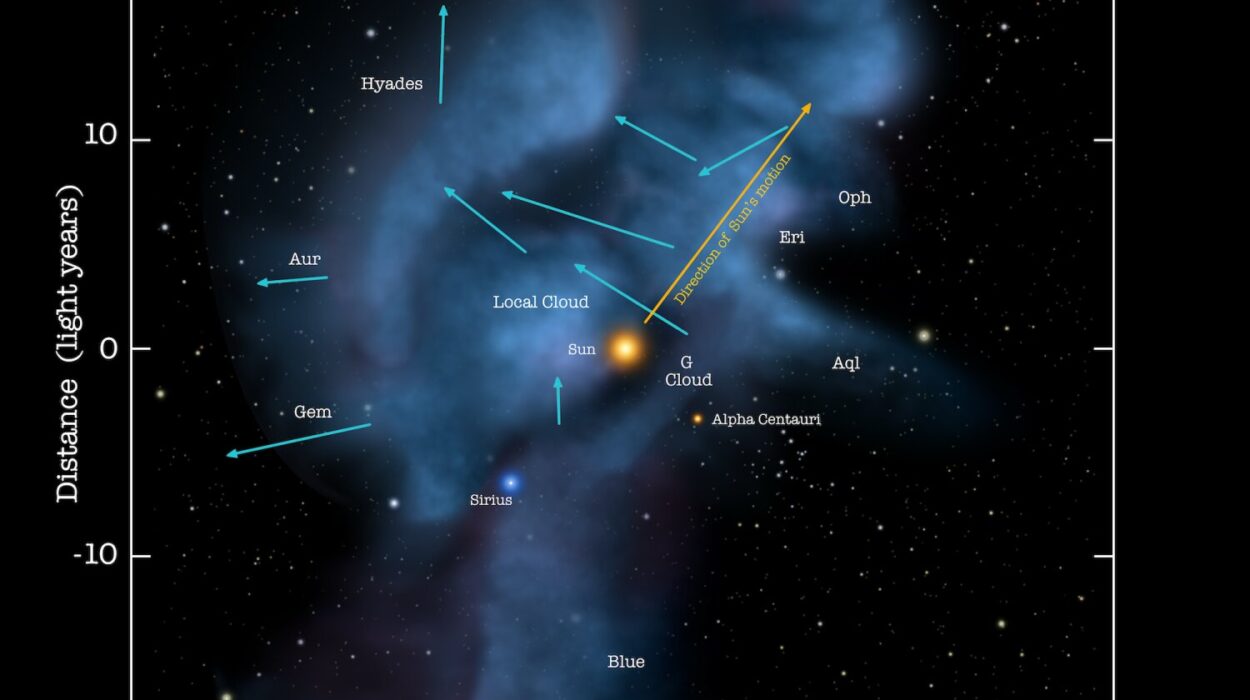Space, often referred to as the final frontier, has fascinated humanity for centuries. From early astronomers like Galileo to the cutting-edge space missions of today, we’ve always looked up at the stars and wondered what lies beyond. However, as much as space offers new frontiers for exploration and discovery, it also presents unique challenges and risks to the human body. As we venture further into space, whether through human spaceflight to the International Space Station (ISS) or future trips to Mars and beyond, understanding how space affects our bodies has become critical for ensuring the health and safety of astronauts.
The environment of space is starkly different from that of Earth. In space, there is no atmosphere to filter harmful radiation, no gravity to keep our bones strong, and no oxygen at our fingertips. For the human body, which evolved over millennia to thrive on Earth’s conditions, these changes create a range of physiological challenges. Let’s explore in depth how the conditions of space—microgravity, radiation, isolation, and other factors—affect various systems in the human body.
1. The Gravity Problem: Microgravity and Its Effects
The most obvious difference between space and Earth is gravity—or rather, the lack of it. In space, astronauts experience microgravity, a condition where the effects of gravity are vastly reduced. While microgravity is often colloquially referred to as “zero gravity,” it is technically not the absence of gravity but rather a condition where gravitational forces are weaker and objects in orbit, including astronauts, are in a constant state of free fall. This absence of weight-bearing forces can have profound effects on the human body.
Musculoskeletal System: Weakening of Bones and Muscles
Under normal conditions on Earth, our muscles and bones are constantly under stress due to gravity. This stress helps maintain bone density and muscle strength. However, in space, where the force of gravity is minimal, astronauts don’t need to use their muscles to hold themselves upright or carry out tasks in the same way they would on Earth. As a result, both muscles and bones begin to weaken over time.
Astronauts experience a loss of bone density, a condition known as spaceflight osteopenia. Studies have shown that astronauts can lose up to 2% of their bone mass per month while in space. This loss occurs primarily in weight-bearing bones such as the spine, pelvis, and legs. This bone thinning can make bones more fragile, increasing the risk of fractures once astronauts return to Earth.
Similarly, muscles that are not regularly used in space begin to atrophy. The most noticeable impact is on muscles used for posture and movement, like the muscles of the legs, back, and neck. Astronauts often report feeling weak or fatigued when returning to Earth after extended missions. To counteract these effects, astronauts engage in daily exercise routines while in space. These exercises, which include resistance training and aerobic workouts, help maintain muscle mass and bone density. Despite these efforts, complete recovery after returning to Earth can take months.
Cardiovascular System: Changes in Heart Function
In a microgravity environment, the human heart also experiences significant changes. Under normal conditions, gravity helps blood circulate throughout the body, particularly to the lower limbs. In space, however, the lack of gravity causes fluids, including blood, to shift toward the upper part of the body and head. This shift can lead to a number of cardiovascular effects.
One of the most prominent changes is the “moon face” effect, where astronauts’ faces become puffy due to the redistribution of bodily fluids. This can also result in increased pressure within the head, leading to discomfort. Additionally, the heart itself becomes less efficient at pumping blood. In microgravity, the heart doesn’t have to work as hard to push blood throughout the body, and this can lead to a decrease in the heart’s size and strength. This condition is known as “cardiovascular deconditioning.”
However, after returning to Earth, astronauts may experience post-flight orthostatic hypotension, a condition where standing up too quickly can cause dizziness or fainting. This is due to the body’s difficulty in adjusting to Earth’s gravity after being in a weightless environment for an extended period. Regular cardiovascular exercise helps counteract this deconditioning, but it can still take some time for astronauts to fully readjust.
2. The Impact of Space Radiation
Space is filled with high-energy particles, and Earth’s atmosphere and magnetic field protect us from most of this radiation. However, in the vacuum of space, astronauts are exposed to much higher levels of radiation. This radiation can come from the Sun (solar radiation) or from cosmic rays (high-energy particles from deep space).
Increased Cancer Risk
The most concerning risk associated with space radiation is its potential to cause cancer. The high-energy particles can damage the DNA within human cells, leading to mutations that could eventually result in cancer. While astronauts’ exposure to radiation is carefully monitored, the cumulative dose of radiation over extended missions could increase the likelihood of developing cancer later in life. Research suggests that long-duration missions, such as those to Mars, may pose a significantly higher risk due to the extended exposure time.
NASA and other space agencies are investigating ways to mitigate this risk. Shielding is one possible solution, but it is a challenge to provide adequate protection without adding excessive weight to spacecraft. In the meantime, astronauts are advised to limit their time in space and undergo regular medical screenings to monitor for potential signs of radiation exposure.
Other Health Issues from Radiation
Radiation exposure in space can also lead to other health problems, including damage to the eyes. Prolonged exposure to cosmic radiation can increase the risk of cataracts and other eye conditions. Additionally, radiation can affect the central nervous system, potentially causing cognitive decline or behavioral changes over time.
3. The Psychological Effects of Space Travel
Space is a harsh, isolated environment that can have significant psychological effects on astronauts. Living and working in the confined quarters of a spacecraft or space station for months on end can lead to feelings of isolation, stress, and anxiety. The lack of direct human contact, the constant proximity of colleagues, and the inability to experience natural earthly rhythms can all take a toll on mental health.
Isolation and Stress
The isolation of space travel is one of the most significant psychological challenges. While astronauts are surrounded by a team of fellow astronauts, they are often far removed from family, friends, and the world they know. The sense of disconnection from Earth can lead to feelings of loneliness, depression, and even anxiety. Space agencies have recognized these challenges and are taking steps to support the mental well-being of astronauts. Regular communication with loved ones, entertainment options, and psychological support are provided during missions to help mitigate these effects.
The confined environment of spacecraft and space stations can also lead to stress. The constant need to work in close quarters, with limited personal space, can lead to conflicts and tension among crew members. Crew members undergo rigorous psychological screening before being selected for missions to ensure they are suited for the demanding environment of space.
Disruption of Circadian Rhythms
Space also disrupts the body’s natural circadian rhythms, which regulate sleep and wake cycles. In space, astronauts are exposed to a constant cycle of light and dark due to the rapid orbit of the spacecraft or station. The ISS orbits Earth roughly every 90 minutes, meaning astronauts experience 16 sunrises and sunsets every 24 hours. This can confuse the body’s internal clock, making it difficult to sleep and causing fatigue.
To help mitigate this, astronauts rely on artificial lighting that mimics the natural progression of the day. They also follow strict sleep schedules and sometimes use medication to help them adjust to the unusual sleep environment. However, sleep disturbances are still a common issue on long-duration missions.
4. Space Adaptation Syndrome: The First Days in Space
For astronauts just beginning their journey into space, the first few days can be particularly challenging. Known as space adaptation syndrome, this collection of symptoms is the body’s initial response to the microgravity environment. It can include nausea, dizziness, headaches, and even difficulty concentrating. These symptoms are similar to motion sickness and occur because the body is trying to adapt to the new gravitational environment.
Space adaptation syndrome generally resolves after a few days as the body adjusts to microgravity. However, astronauts often undergo training on Earth to help prepare for these symptoms and minimize their impact during the early days of a mission.
5. Long-Term Health Effects and the Future of Space Exploration
As humanity looks toward longer missions, such as trips to Mars or even the establishment of colonies on the Moon, the long-term health effects of space travel become an even more pressing concern. In addition to the effects already discussed—bone loss, muscle atrophy, radiation exposure, and psychological strain—there are many unknowns about how long-term exposure to space conditions will affect human health. Will the body be able to recover from years in space, or will new, chronic health problems emerge as we spend longer periods in space?
Research into space medicine is ongoing, with space agencies and universities studying everything from advanced radiation shielding to potential treatments for bone and muscle loss. As we prepare for deeper exploration of our solar system, understanding and mitigating the effects of space on the human body will be critical for ensuring the safety and health of astronauts.
Conclusion
Space exploration is one of humanity’s greatest achievements, but it also presents a range of challenges to the human body. From the weakening of muscles and bones in microgravity to the risks posed by space radiation and the psychological toll of isolation, astronauts must contend with an environment that is vastly different from Earth. As we push further into space, it is essential to continue researching these effects and develop strategies to protect the health of those who venture into the cosmos. With the right preparation, however, the human body can adapt, and we may one day establish a permanent human presence on other planets. The future of space exploration is not just about discovering new worlds—it’s about learning how to survive and thrive in the vast, unknown expanse of space.






